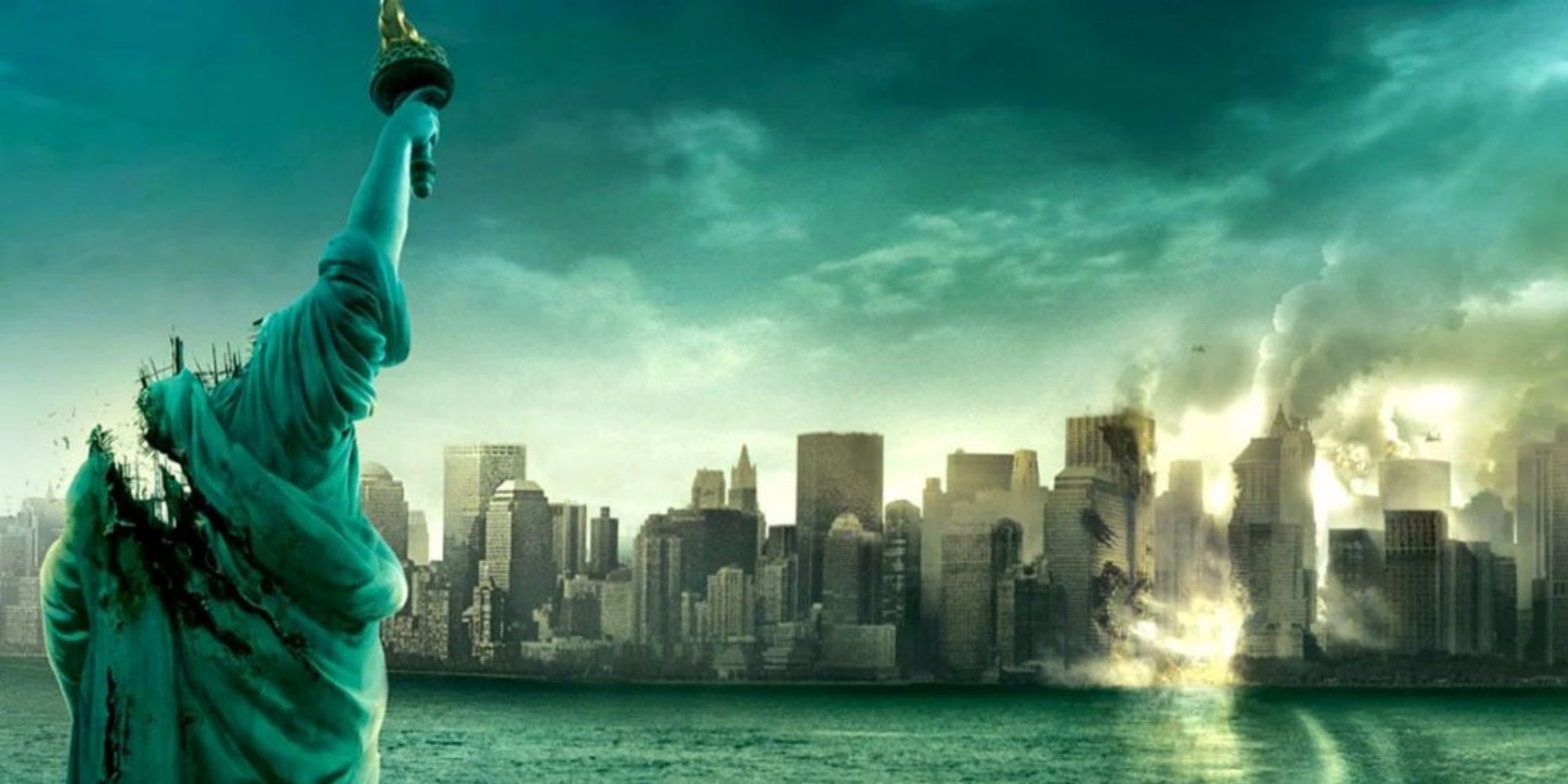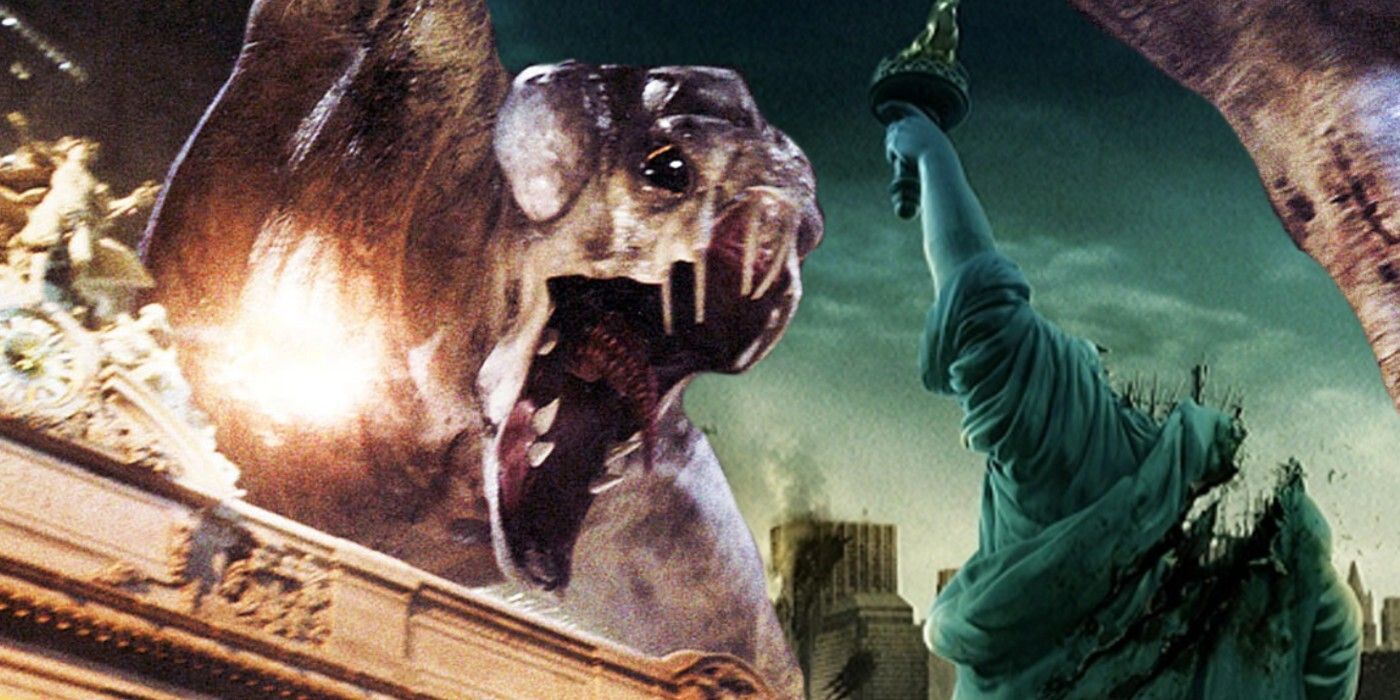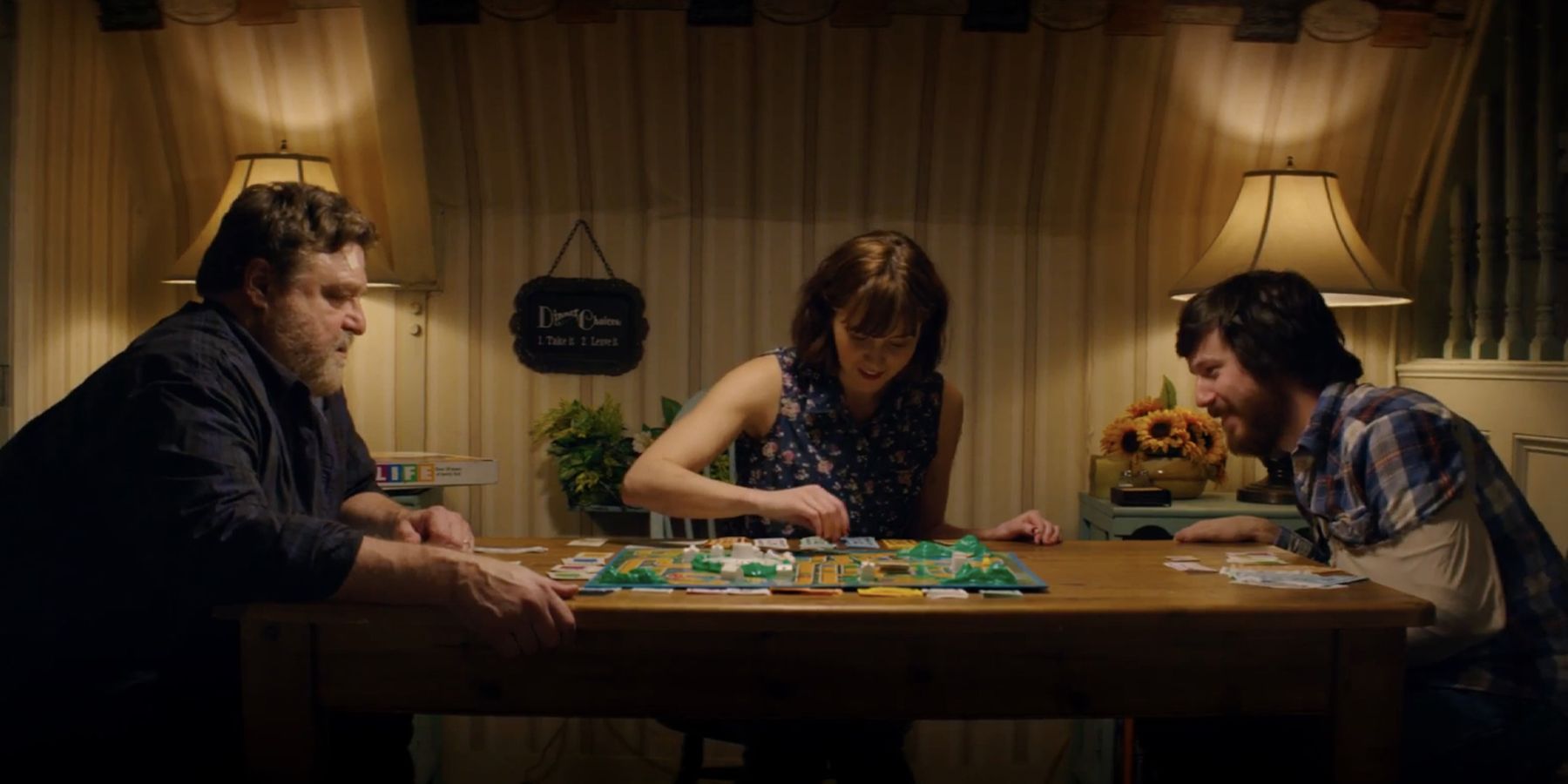There was a time, not too long ago, when movie trailers would helpfully unpack a film's entire plot, occasionally spoiling every twist. Film advertisements vary wildly in effectiveness, everyone's missed a good movie because of a bad trailer or been tricked into something terrible with solid marketing. But every once in a while, one comes along that changes the landscape.
Cloverfield was directed by Matt Reeves, now much better known for his take on The Batman, and written by Drew Goddard, creator of Daredevil and director of Cabin in the Woods. Despite that, the film was mainly described in relation to producer J. J. Abrams, and his controversial Mystery Box technique.
The marketing for Cloverfield began in February 2007. Abrams reportedly came up with the project while looking over some Godzilla toys in Japan. Paramount silently greenlit the project under its current title, but the production changed names several times to conceal its direction. The title Cloverfield was derived from the name of the exit Abrams took on his trip to work every morning. They pitched other titles during production, including Slusho, Cheese, and Greyshot, but the production had so much hype behind it, the studio had to stick with Cloverfield. The production was deliberately kept quiet from online publications, an impressive feat, even in the 2000s. Concept designer Neville Page crafted the monster, but many of his more complex ideas didn't make it to screen. Of course, not showing the monster is part of the genius of the film's marketing.
Cloverfield's first teaser is one of the smartest single ads in recent cinema. It was attached to the first Transformers movie and became more popular and iconic than the film. It's made up of handheld camera footage, recorded separately from the content of the film. It documents a party in a New York apartment that is interrupted suddenly by a massive quake. The entire crowd rushes outside to see a towering explosion. The city is thrown into chaos, people scream in the streets, then the decapitated head of the Statue of Liberty slides across the street. The trailer ends with the date, January 18th, 2008, and no title. This clever lack of information left people all over the world to speculate wildly, and that drove the conversation with immense fervor.
The title dropped with an ad attached to 2007s Beowulf, but there were countless theories and guesses as to the film's direction by then. Some suggested that the mysterious beast would come from the works of H. P. Lovecraft. Others suggested that the studio was attempting another American Godzilla adaptation. The most hilarious incorrect assumption came from a misheard line in the trailer. A terrified bystander exclaims "I saw it, it's alive, it's huge!", but some audiences were convinced they heard "I saw it, it's a lion, it's huge!". This led them to speculate that Paramount's follow-up to Transformers would be a live-action Voltron film. Unfortunately, audiences never got to see Matt Reeves' theoretical horror-tinged Voltron movie. But behind the scenes work on Cloverfield didn't stop with clever trailers.
The studio made MySpace pages for every main character, for some reason. The film's official website was 1-18-2007.com, and it contained a handful of mysterious stills from the film. There was a mobile number viewers could text to receive a ringtone of the monster's roar and a phone background of the wrecked city. A fictional soft drink called Slusho! was marketed occasionally alongside the film, and its fake website would regularly email viewers sonar feeds of the monster approaching Manhattan. Fans of ARGs were constantly trying to learn more about the film. These online experiences kept audiences engaged and guessing throughout the film's production. Its eventual release was a strange payoff, it made a ton of money, but some were disappointed with the fairly simple answer to the many raised questions.
The Cloverfield franchise has continued to use similar strategies in marketing their films, hiding huge chunks of the content and relying on that mystery to sell the film. It hasn't paid off quite as well with the sequels, but 10 Cloverfield Lane is an unquestioned high point for the franchise. Throughout the same period, Christopher Nolan's The Dark Knight used a similar online strategy to give audiences their first look at Heath Ledger's Joker. Paranormal Activity was acquired by Paramount after its original release and its trailers were extremely similar to Paramount's strategy with Cloverfield. Deadpool had a long marketing campaign that began with leaked footage, went through online stunts, and involved comical racy ads on billboards. There are plenty of horror films that base their entire sales pitch around hiding their central monster, for better and for worse.
Cloverfield wasn't the first viral marketing campaign. The Blair Witch Project made itself massive with similar techniques. The awful 90s Godzilla's only good idea was a series of ads proclaiming the terrible new design's massive size. But Cloverfield modernized the approach, made it popular, and used it to soar to success. It's hard to imagine a film pulling it off today, but it was still impressive fifteen years ago.



